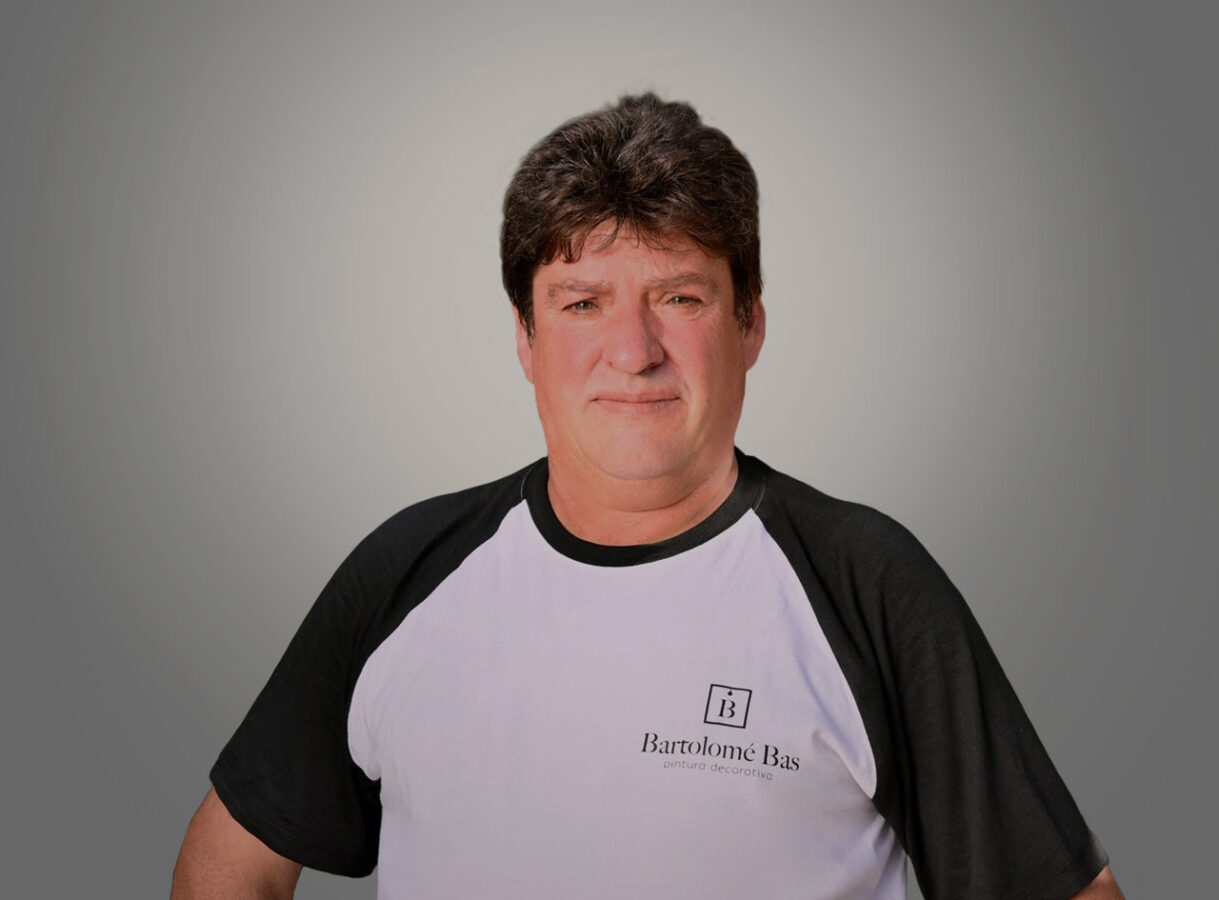Whether you’re beautifying an interior space or protecting an exterior surface, at Bartolome Bas Paints we understand that proper paint preparation is crucial to a flawless finish. One of the conundrums facing both novice and experienced painters is determining the exact amount of water to mix with your paint. If you’ve ever wondered “How much water should I add to 1 litre of paint?”, you’re in the right place. This comprehensive guide is designed to answer all your questions and help you achieve professional results.
Why Thin Paint?
Before we dive into ratios and techniques, it is essential to understand why thinning is often necessary. Thinning not only affects the viscosity of the paint but also:
- Ease of application: A properly thinned paint applies more smoothly, ensuring that the brush or roller glides effortlessly.
- Durability of the finish: Paint that is too thick can lead to an uneven finish, while paint that is too thin may require more coats, affecting working time and cost.
- Final appearance: Proper thinning ensures depth of colour and consistency, avoiding unpleasant problems such as brush marks or flaking.
Contact our professionals to paint your home
Knowing your paint
Not all paints are the same, and knowing your paint base is essential to the thinning process.
- Water-based paints: Commonly used in interiors because of their easy cleanup and low odour, these paints often require thinning, especially if they have thickened over time.
- Oil-based paints: Used for high durability work, they rarely require thinning. If necessary, special solvents are used, not water.
- Special paints: Some paints, such as those used for decorative effects or specific surfaces, may have unique thinning requirements.
The golden rule for thinning
Although thinning may vary by brand and type of paint, a general rule of thumb is to start with a ratio of 10% water per volume of paint. This means that for 1 litre of paint, you would add 100 millilitres of water. However, it is essential to test for consistency and adjust as necessary, without exceeding 20% total dilution.
Steps to perfect thinning
Thinning paint is more than just mixing water and paint. Here is a step-by-step process to ensure perfect thinning:
- Preparing your workstation: Make sure you work in a well-ventilated area and have all your materials at hand: paint, water, a mixing container, a mixing tool and, if necessary, a measuring stick.
- Comenzando pequeño: Empieza con la regla del 10% para tu primera dilución. Es más fácil añadir más agua si es necesario que tratar de espesar la pintura diluida en exceso.
- Mezcla consistente: Usa una herramienta de mezcla para combinar el agua y la pintura, asegurándote de raspar los lados y el fondo del recipiente para una mezcla uniforme.
- Prueba y ajuste: Aplica un poco de la mezcla en un área de prueba para verificar la consistencia y la facilidad de aplicación. Ajusta añadiendo más agua si es necesario, pero procede con precaución.
Errores comunes a evitar
Thinning paint may seem simple, but there are common mistakes to avoid:
- Over-thinning: Adding too much water can result in paint that is transparent, leathery or flakes once dry.
- Under-testing: Skipping the mix test can lead to disastrous results. Always test your thinned paint before proceeding with the entire project.
- Using impure water: Water containing impurities can affect the paint finish. Always use clean, clear water for thinning.

Bartolomé Bas
Professional painter in Jávea since 1984, specialized in decorative painting, waterproofing, renovations, and damp treatment. Founder of Bartolomé Bas Pinturas. Over 35 years of experience transforming homes and businesses on the Costa Blanca.
Professional networks:

